Boreal Biome Deck (in progress)
2017 – (See Cards | Deck Info | Purchase)…
This set was designed by Jonathan DeMoor and Elly Knight to highlight boreal forest ecosystems. The boreal biome encircles the northern pole of the planet north of the 50th parallel and is found in Canada, Russia, and the Nordic countries. Note that the purchasable and downloadable versions focus on three different terrain designations (Upland, Lowland, and Anthropogenic) and are not compatible with other Phylo decks.

Forest Fire
Event Card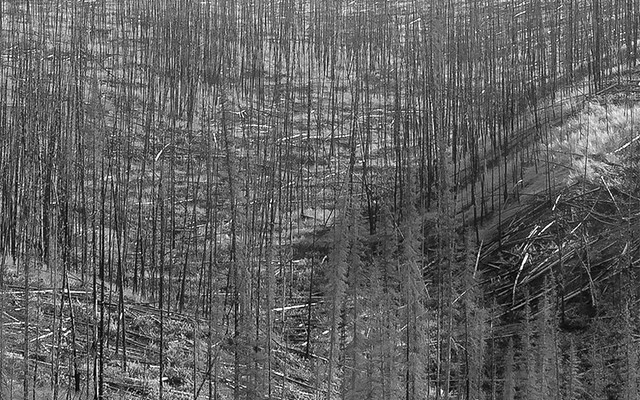
Play: Disturbance: removes species, but can be recolonized.
Fact: Fire prepares the forest for new plant and animal communities by opening up the canopy and returning nutrients to the soil.

Forest Fire
Event Card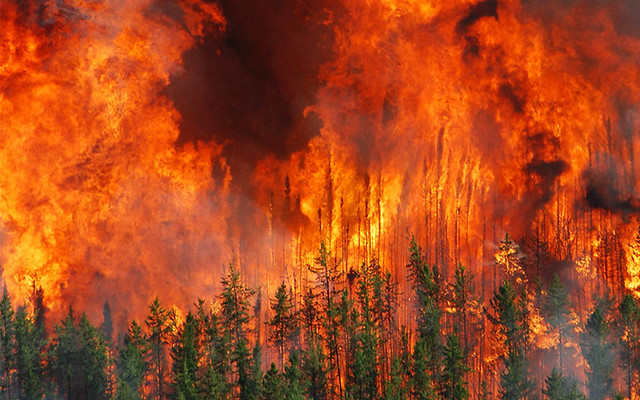
Play: Disturbance: removes species, but can be recognized.
Fact: Fire is frequent in the boreal forest and is responsible for the characteristic mosaic composition of different forest types and ages.

Grey Wolf
Canis lupus

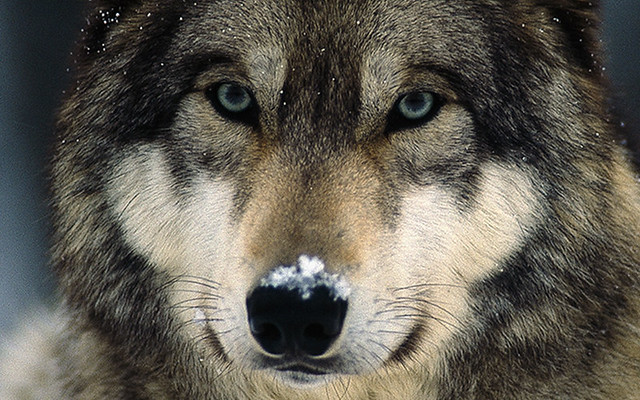
7 POINTS
play: The grey wolf has a MOVE of 2
Fact: Wolves will eat 20 to 30 pounds of meat in a single meal after a successful hunt, but can also go up to 2 weeks without food.

Black Bear
Ursus americana


4 POINTS
Play: The black bear has a MOVE of 2
Fact: Black bears are omnivores. They help plants disperse their seeds by eating (and then pooping) lots of berries in late summer.

Canada Lynx
Lynx canadensis

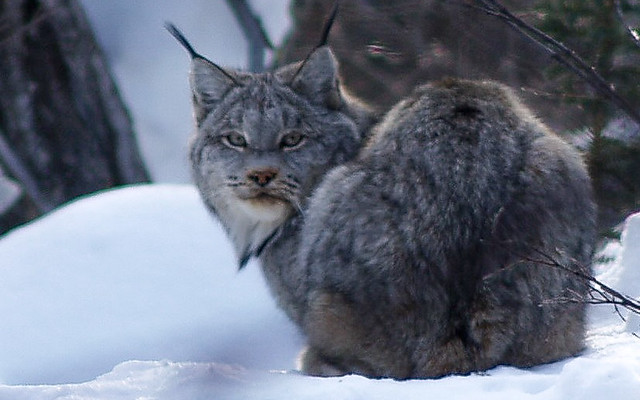
6 POINTS
Play: The canadian lynx has a MOVE of 2
Fact: Lynx population cycles are closely tied to their main prey-the snowshoe hare-peaking, then crashing sync, every 10 years.

Wood Bison
Bison bison athabascae

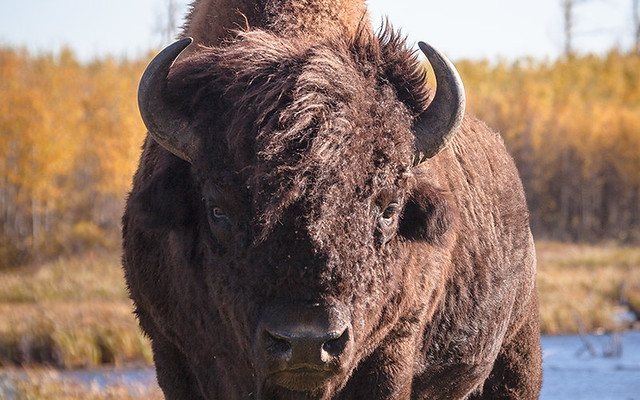
5 POINTS
Play: Species at Risk: no development events permitted. Has a MOVE of 2
Fact: Wood bison forage in meadows, but are named for traveling long distances through the forest on well-worn trails.